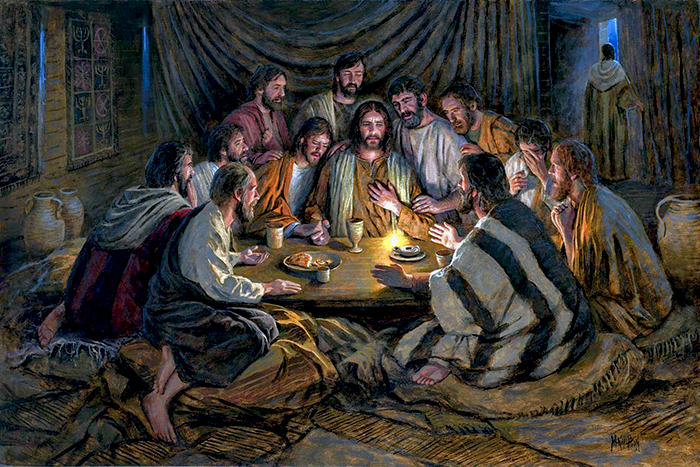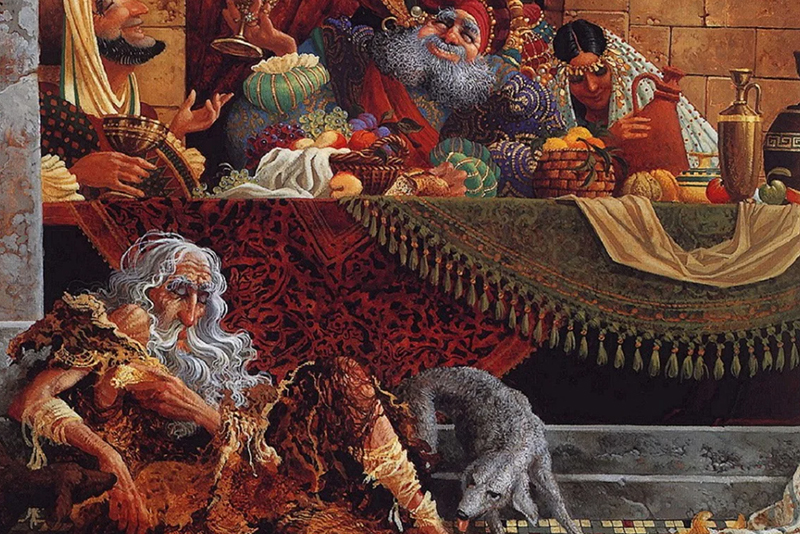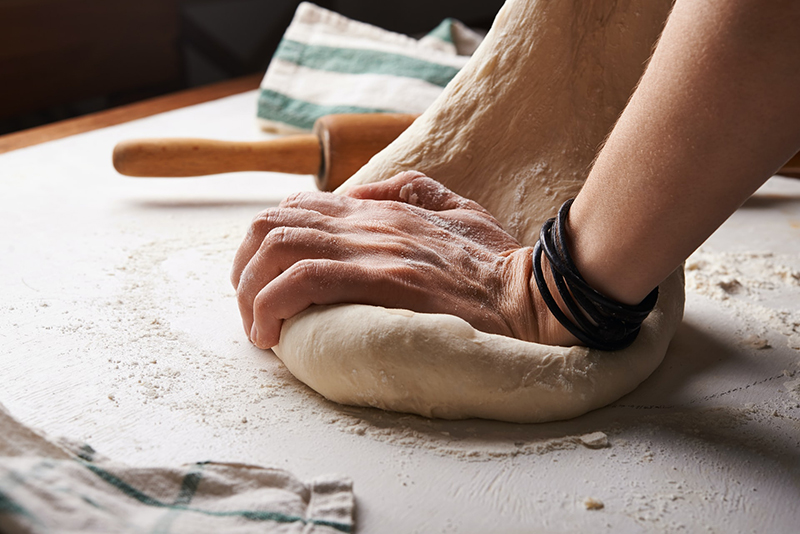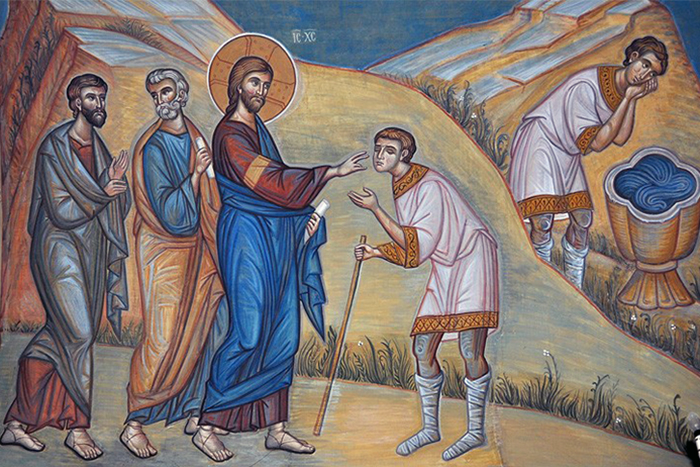
On Great Thursday, the Church remembers the Passover events that occurred two thousand years ago, when the Lord celebrated the last Passover with his disciples. We do not know all the details of the Last Supper, except those described by the Evangelists. However, knowing how the Passover meals were held by the Jews at the time of Christ, we can more or less reliably reconstruct the liturgical features of the first Eucharist.
According to Jewish sources, which describe the Passover Seder at the time of Jesus, all the participants of the festive meal were given a cup of wine mixed with water at the beginning of the meal. Each guest would read the Berakhah (blessing) over the cup: “Blessed are You, Lord our God, King of the Universe, who creates the fruit of the vine”. Before the first drink, all listened to the Kiddush, read by the head of the family, in which he thanked God for choosing Israel among all nations, and for this “feast of unleavened bread, the time of our deliverance, the holy assembly, in memory of the exodus out of Egypt.” The first cup of wine was then consumed, and the table was served with unleavened bread, bitter herbs (a symbol of the bitterness of Egyptian slavery), and Charoset (a dish of fruit and nuts, symbolizing the bricks made by the Jews in Egypt). As long as the Temple of Jerusalem existed, a lamb baked on fire was also served, for according to the Torah, the Lamb could only be sacrificed in the Temple. (Consequently, it was possible to prepare and eat it only in or near Jerusalem). Each dish was blessed separately by the head of the household. Lifting up the plate of unleavened bread, the eldest member of the family recited the prayer, “This is the bread of suffering eaten by our fathers in the land of Egypt,” and broke the unleavened bread in half, putting aside one part, called the afikoman. This afikoman was intended for a poor man or a traveler who was late for the feast in case he came to the supper.
After this rite, the youngest son or one of the companions (at the Last Supper, this role may have been performed by the youngest of the apostles – John the Theologian) would ask about the meaning of this unusual meal and this strange food. This was the fulfillment of the direct command of Moses, And it shall come to pass, when your children shall say unto you, What mean ye by this service? That ye shall say, It is the sacrifice of the LORD’s passover, who passed over the houses of the children of Israel in Egypt, when he smote the Egyptians, and delivered our houses (Ex. 12:26, 27). In answer to the question, the head of the congregation would give a Haggadah, in which he described in detail the history of the deliverance of the Jews from Egypt, and all the benefits of God to His chosen people. In conclusion, the leader would call upon all to praise the Lord, and with the words Hallelujah he would lift up a cup of wine. Everyone would get on their feet and sing the first part of the Hallel, consisting of Psalm 113 (Praise, O ye servants of the LORD, praise the name of the LORD) and Psalm 114 (When Israel went out of Egypt). Then they drank the wine, ate unleavened bread and bitter herbs with Charoset, and the Passover lamb. The Jews were already familiar with cutlery by that time, but they ate this meal with their hands, following the ancient tradition.
At the end of the meal everybody washed their hands, a third cup was served, and the thanksgiving prayer called zimmun, which resembled an anaphora by its dialog form, was recited. After a short dialog of companions inviting each other to thank the Lord, the leader read a long prayer, in which he thanked God in detail for the deliverance from the Egyptian bondage, for the gift of the Promised Land, for the making of the covenant and for the gift of the Torah. Then, he went on to petition for the kingdom of Israel, Jerusalem, and the Temple. After these praises, they drank the third cup and all sang the second part of the Hallel (Psalms 115-118). If they so desired, they would drink the fourth cup and sing the Great Hallel (Psalm 136, Praise ye the name of the Lord), which ended the Passover meal.
So, taking the testimony of the synoptic Gospels that the Last Supper was a Passover meal, we have outlined how this meal was carried out in Judea in the days of Christ. Certain elements, detailed by the Evangelists, confirm that the Lord’s last meal with the disciples was indeed a Passover meal. His washing of the disciples’ feet, mentioned by the Apostle John (John 13:1-13), should most likely be attributed to the moment of washing the hands after eating the Passover Lamb, when perhaps no one wanted to serve each other, because there was also a strife among them, which of them should be accounted the greatest (Luke 22:24). So when did the Lord give the communion to the apostles? According to most researchers, the bread that served as the Eucharist was the afikoman, the bread of the travelers and of the poor, which was put aside, and then broken and eaten after the Lamb. The New Covenant Cup was possibly the third cup that was drunk after thanksgiving and praising God. This is the supposed order of the Last Supper, which became the root of the Orthodox Eucharist that generally retains the structure of the Jewish Passover meal and must be celebrated for generations until the end of the world according to the Lord’s will.



